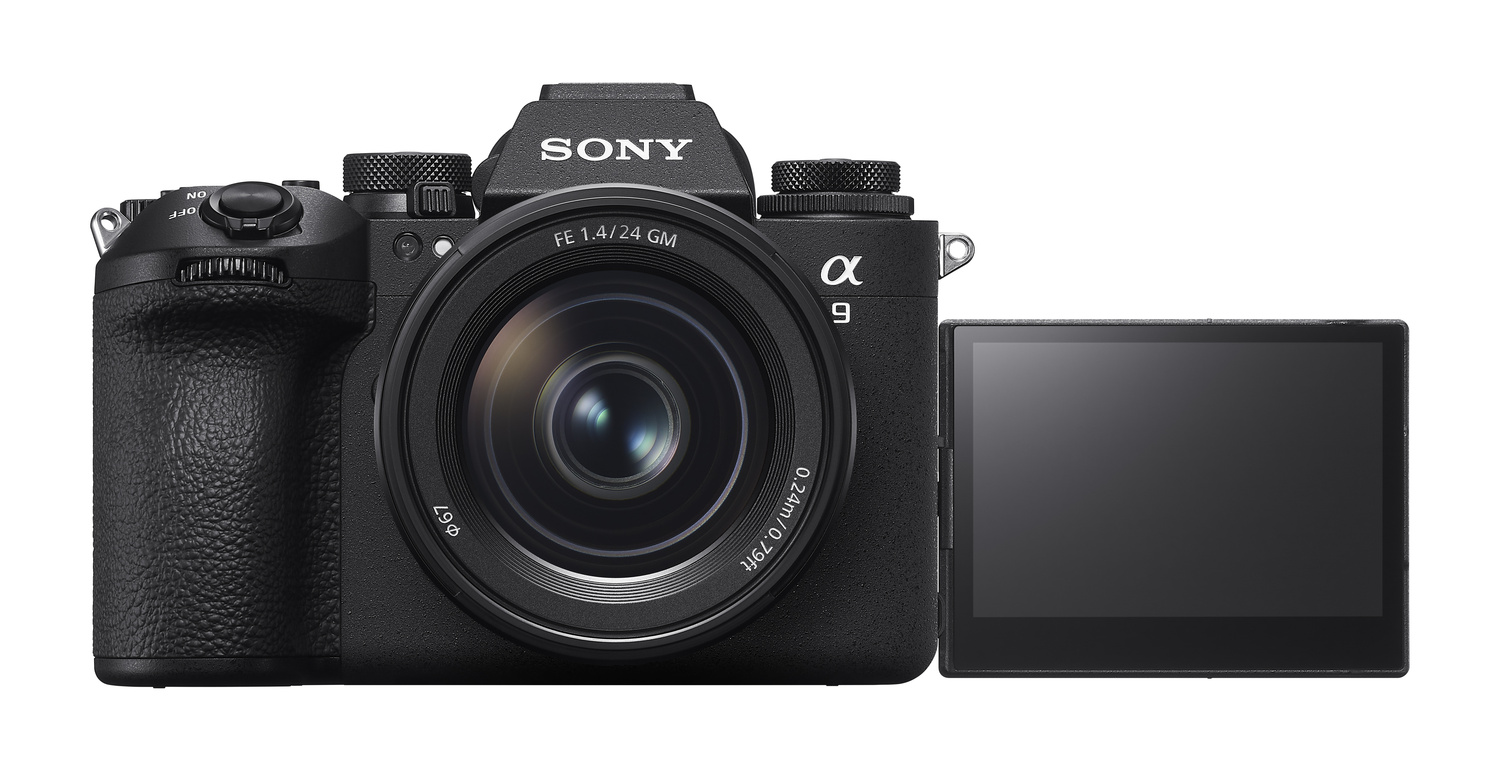Sony has broken new ground with the release of the a9 III, the world’s first full-frame mirrorless camera with a global shutter. This revolutionary sensor technology enables shooting at up to 120 fps with continuous AF/AE, flash sync at any shutter speed, and distortion-free capture of fast-moving subjects. The a9 III also boasts impressive video capabilities, such as 4K 120p 10-bit recording, 16-bit raw output, and AI-based AF tracking. The a9 III is a camera that sets a new standard for speed, performance, and versatility in the industry.

What is a global shutter and why is it so important?
A global shutter is an advanced way of reading data from the sensor. At present, most camera sensors use a system called a rolling shutter. This is where data from the sensor is read line by line, from top to bottom. However, global shutters operate by reading the whole sensor all at once1.
One of the problems with rolling shutters is that there’s an inherent delay between the top section and the bottom section of the sensor being read. When shooting fast-moving subjects, this delay can create artifacts such as warping or wobbling in the image or video clip. Manufacturers such as Canon and Sony have been working hard to produce sensors that read data faster. As resolutions and frame rates in camera increase, faster read out times are required to keep up.
A global shutter eliminates the rolling shutter effect, ensuring that objects remain straight and undistorted during movement. It also allows photographers to use flash at any shutter speed without the risk of black bands across the image. This is because a global shutter does not require the use of a shutter, be it electronic or mechanical, to expose the sensor. The sensor will turn pixels on and then switch them off when the correct exposure time has passed.
Another huge benefit of a global shutter is the elimination of flickering and banding. With flickering lights, which are very common in a wide range of situations including at sporting venues, a long-time issue is that a light flickers at different frequencies within a single frame, which can wreak havoc on a progressive-scan sensor. With a global shutter, the entire frame is exposed at the same time, resulting in consistent lighting and color.
How does the Sony a9 III use the global shutter system?
The Sony a9 III is the first camera of its kind to use a global shutter system. It has a 24.6-megapixel full-frame CMOS image sensor that reads out its data at once. This means that it can capture fast-moving subjects and scenes without any distortion or blackout. It can shoot at an incredible 120 fps at full resolution with continuous autofocus and auto exposure, making it the perfect camera for sports and wildlife photography. It also has a record-breaking shutter speed of 1/80,000 sec, which can freeze any action in time. Moreover, it can sync flash at any shutter speed, giving photographers more creative options for lighting.
The Sony a9 III is not only a beast for stills, but also a powerful video camera. It can record 4K video at 60p (oversampled from 6K) and 120p (uncropped) with 10-bit 4:2:2 All-I recording, 16-bit raw output, and support for S-Cinetone and S-Log3. It also has a dedicated AI processing unit that aims to predict human movement for better AF tracking in video mode.
The Sony a9 III is a camera that pushes the boundaries of photography and video and offers unparalleled performance and versatility for professionals and enthusiasts alike. It is a camera that truly ushers in a new era for the industry, and sets a new standard for what a camera can do.
If you want to learn more about the Sony a9 III, you can check out some of the news articles and web pages that I found for you:
